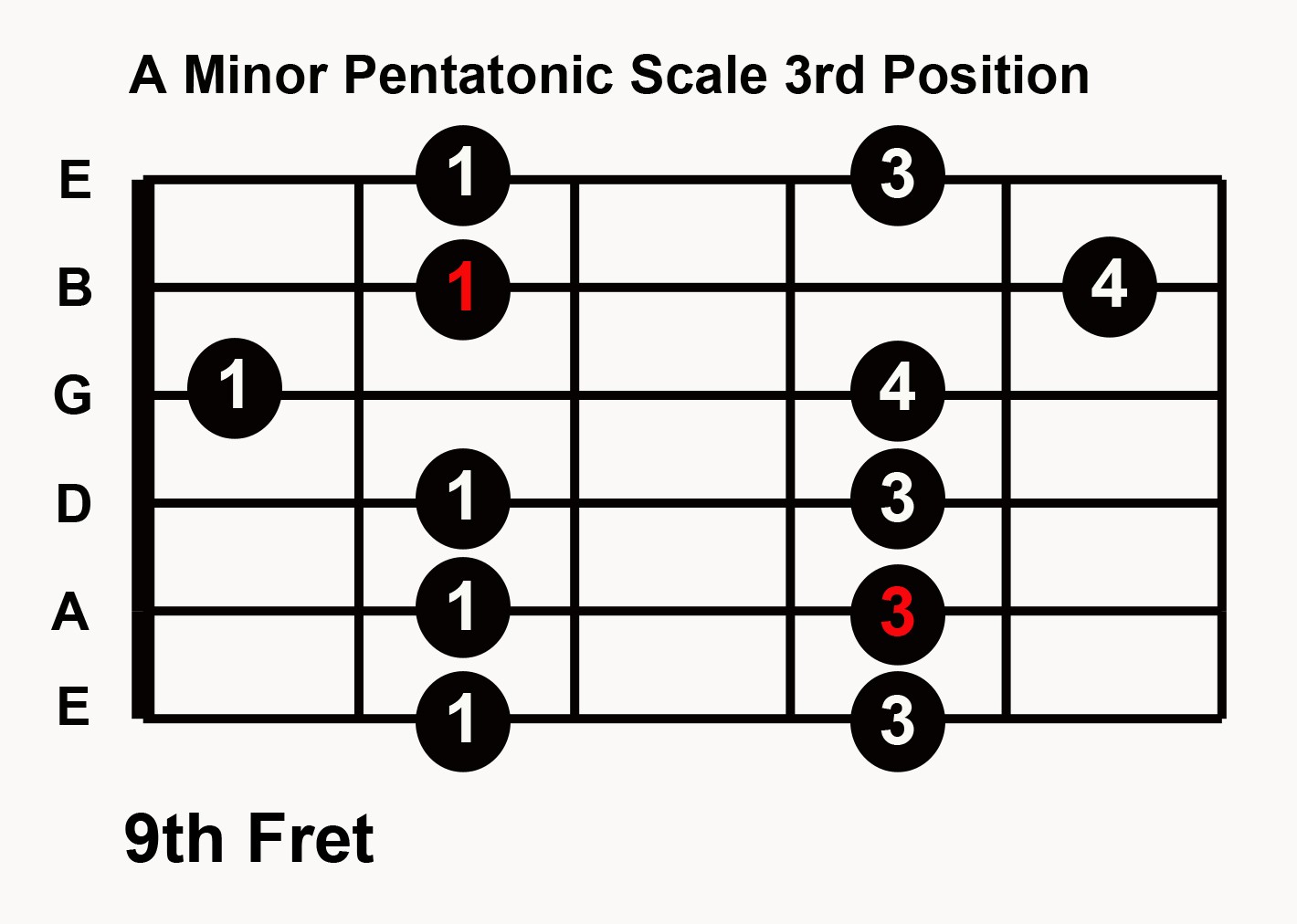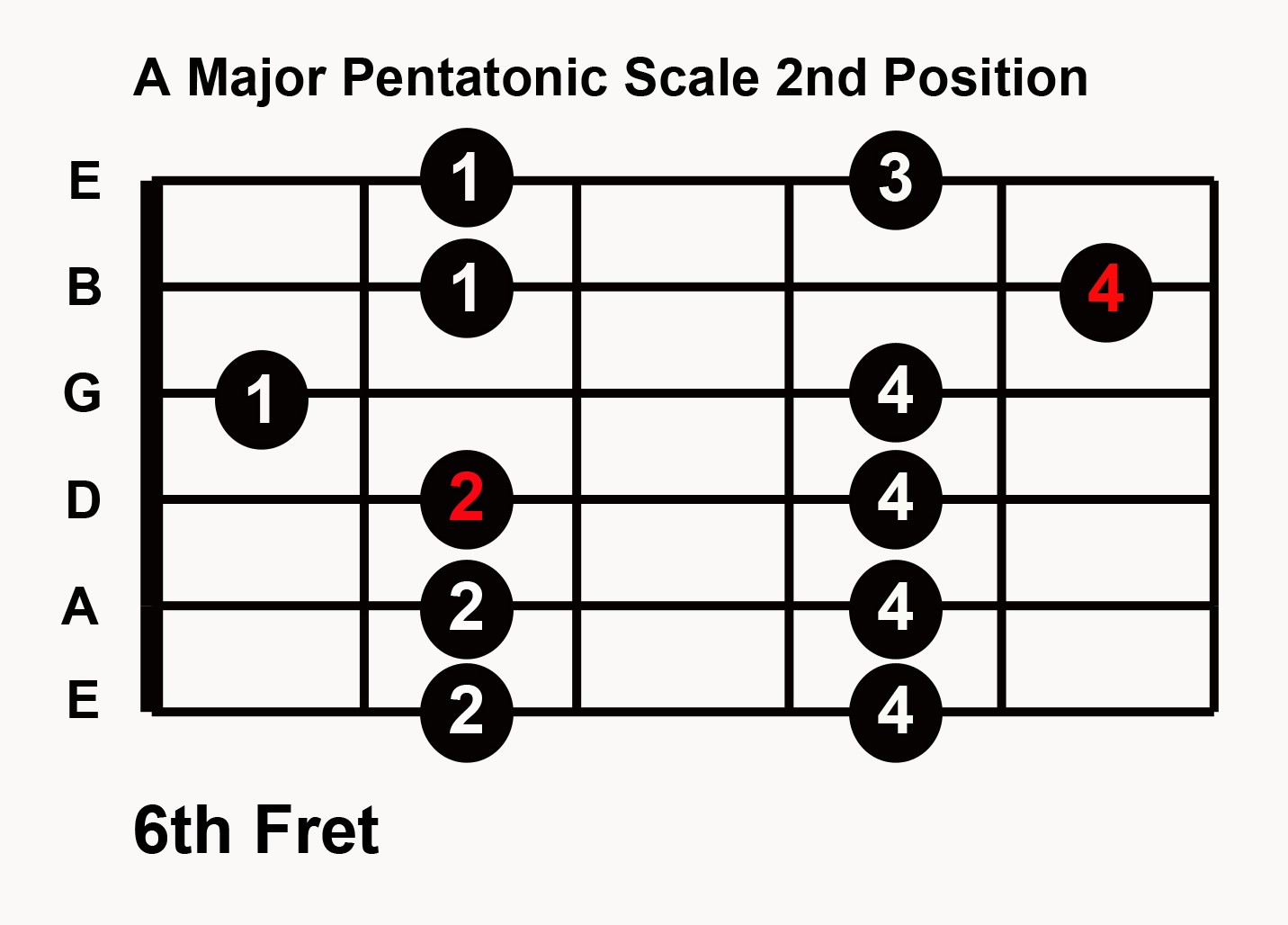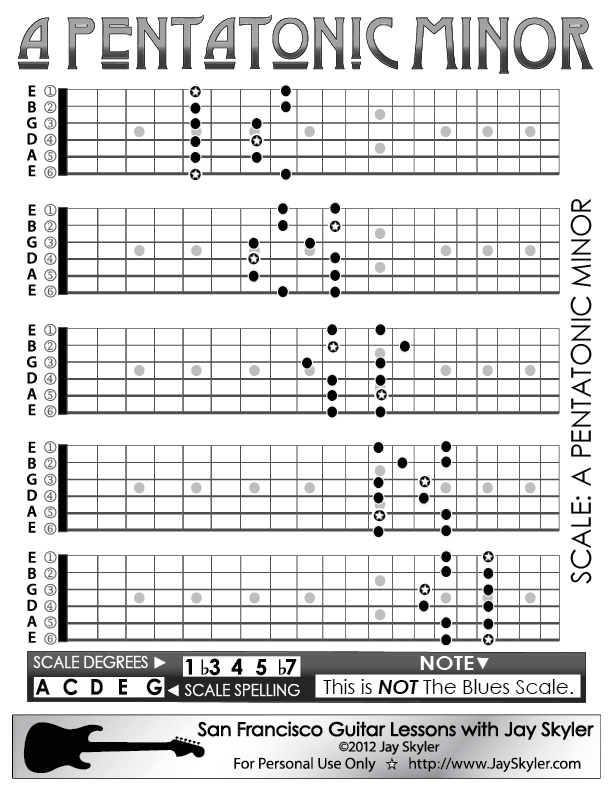As a professional guitar player, one of the most fundamental skills to learn is the pentatonic scale. This scale is used extensively in many genres of music and is essential for any guitarist to learn. In this article, we will explore what the pentatonic scale is, different patterns for playing the scale, and how to use it in your guitar playing.
The Pentatonic Scale
The pentatonic scale is a musical scale consisting of five notes. The word “pentatonic” comes from the Greek word pente, meaning “five,” and tonic, meaning “tone.” The pentatonic scale is used in many genres of music, including rock, blues, and jazz.
One of the benefits of learning the pentatonic scale is that it is relatively easy to play. It is also easy to remember since there are only five notes to play. The pentatonic scale is also very versatile because it can be played in any key by simply moving the pattern up or down the fretboard.
Pentatonic Scale Patterns
There are many different patterns or shapes for playing the pentatonic scale. These patterns are movable up and down the fretboard, which means that if you know the pattern in one key, you can play it in any other key. Here are some of the most common patterns for the pentatonic scale:
Pattern 1
 This is probably the most common pattern for playing the pentatonic scale. It starts on the 6th string and can be moved up and down the fretboard to play the scale in any key.
This is probably the most common pattern for playing the pentatonic scale. It starts on the 6th string and can be moved up and down the fretboard to play the scale in any key.
Pattern 2
 Pattern 2 starts on the 5th string and is another common pattern for playing the pentatonic scale. Like pattern 1, it can be moved up and down the fretboard to play the scale in any key.
Pattern 2 starts on the 5th string and is another common pattern for playing the pentatonic scale. Like pattern 1, it can be moved up and down the fretboard to play the scale in any key.
Pattern 3
 This pattern starts on the 6th string and is used to play the major pentatonic scale. It can also be moved up and down the fretboard to play the scale in any key.
This pattern starts on the 6th string and is used to play the major pentatonic scale. It can also be moved up and down the fretboard to play the scale in any key.
Pattern 4
 Pattern 4 starts on the 6th string and is used to play the pentatonic scale in the key of A. It can be moved up and down the fretboard to play the scale in other keys.
Pattern 4 starts on the 6th string and is used to play the pentatonic scale in the key of A. It can be moved up and down the fretboard to play the scale in other keys.
Pattern 5
 Pattern 5 is a five-note box pattern that can be played starting on any string. It is often used in blues and rock music.
Pattern 5 is a five-note box pattern that can be played starting on any string. It is often used in blues and rock music.
These are just a few of the many possible patterns for playing the pentatonic scale on the guitar. It’s a good idea to learn several different patterns so that you can play the scale in different keys and different positions on the fretboard.
Using the Pentatonic Scale
Now that we’ve covered some of the basic patterns for playing the pentatonic scale, let’s talk about how to use it in your guitar playing. One of the most common ways to use the pentatonic scale is in lead guitar playing. When playing a guitar solo, the pentatonic scale is often used as a basis for improvisation.
The pentatonic scale is often used in blues music, where it is used to create a bluesy sound. It is also used in rock and roll, country, and jazz music. In fact, many famous guitar solos are based on the pentatonic scale.
One of the benefits of learning the pentatonic scale is that it can help improve your ear training. By playing the scale up and down the fretboard, you will start to hear how the different notes in the scale sound together. This can help you develop a better ear for music and improve your ability to improvise.
The pentatonic scale can also be used to create riffs and licks. A riff is a short, catchy melody that is often repeated throughout a song. A lick is a short musical phrase that is often used as a fill or embellishment in a guitar solo. By learning different pentatonic scale patterns, you can create your own riffs and licks to use in your guitar playing.
Conclusion
Learning the pentatonic scale is essential for any guitar player who wants to improve their playing. It is a versatile scale that can be used in many genres of music and is relatively easy to play. By learning different patterns for playing the pentatonic scale, you can play it in any key and in different positions on the fretboard.
So, start practicing those pentatonic scale patterns and incorporate them into your guitar playing. With time and practice, you will be able to use the pentatonic scale to create your own solos, riffs, and licks.